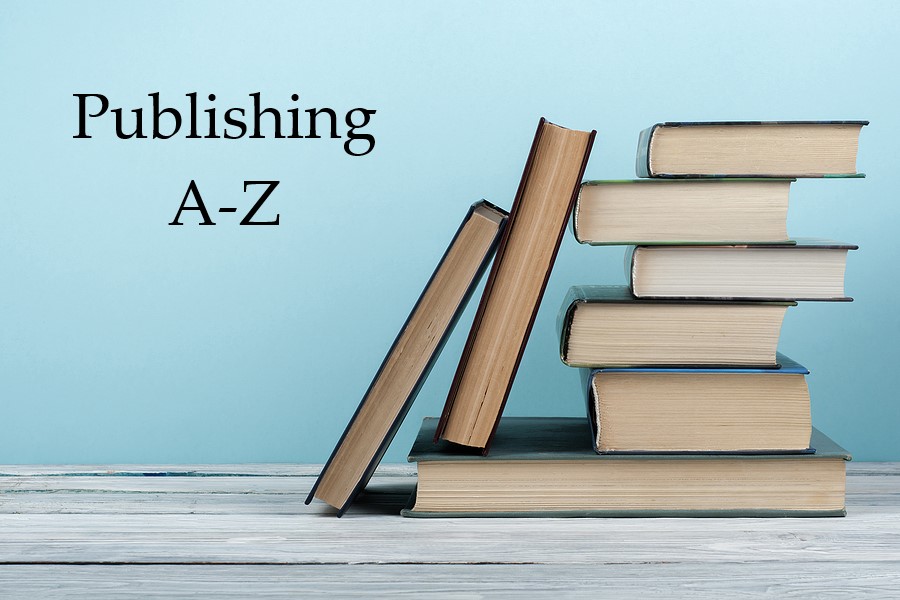Years ago, while reading and thinking about creativity, I came across the title of today’s post as a chapter with this phrase in a book called The Accidental Creative: How to Be Brilliant at a Moment’s Notice by Todd Henry (published 2011). It stopped me in my tracks. I knew he was right. A cover band plays other people’s music. Often it is a new interpretation of a familiar song; and sometimes it is a direct copy, like a tribute band. While popular and entertaining for the moment, they rarely have lasting impact.
What sells in our market, also known as trends, moves like a chased rabbit, very difficult to capture and quickly shifting its path. To our detriment we often chase these trends in order to find success. After forty years in the book business, I’ve seen this happen time and again. Hot trends of the past include nonfiction books on prophecy, angels, spiritual warfare, Bible promises, heaven, racial reconciliation, and even martyrdom. In fiction it has been novels that revolved around prairie romance, Amish, supernatural battles, and chick-lit. While imitation may be the sincerest form of flattery, it betrays original thinking.
Be sure you understand this isn’t a criticism per se, merely an observation. There is nothing wrong with writing what has captured your imagination or what has captured the attention of the buying public (i.e., following a trend). Plus, you may be very good at writing this type of book. But look again at the title of the post: ”Cover Bands Don’t Change the World.” Todd Henry says that when one of these bands declares, “Now we’re going to play something we wrote,” the audience protests vigorously. Their audience didn’t come to listen to the band’s music; they came to be entertained by the familiar.
Thomas Merton said it a little more forcefully in New Seeds of Contemplation:
“People are in a hurry to magnify themselves by imitating what is popular—and too lazy to think of anything better. Hurry ruins saints as well as artists. They want quick success and they are in such a haste to get it that they cannot take time to be true to themselves. And when the madness is upon them they argue that their very haste is a species of integrity” (quoted in The Accidental Creative, page 201).
Publishing veterans have seen thousands, even tens of thousands, of book ideas and proposals. We have heard so many similar things that there can be a tendency to become cynical or at least immune. I know I struggle with that. I fear that creativity can be squelched by the desire to write what sells.
But I also fear I’m about to be misunderstood writing this. If possible, visualize flashing disclaimers, so this is not taken wrong. Please see these words as a call for creativity, not a condemnation of the marketplace. Nor am I skewering any one particular author or book. Instead, I stand here, almost shouting, “Be creative!” “Take a risk!” “Follow your passion, not the passion of others!” “Be a difference maker.” If you cut your teeth on the familiar (see above), then use that foundation to find new ground.
Write what is a passion for you. Your intensity will be found in the words you write. Your ideas will be refined by the fire of life and the forge of Scripture. The slogan for our agency is “To Help Change the World Word by Word.” The books that stir hearts and point readers to redemption are the ones that become agents of change. These are the books that can make a difference. Write your passion, and by God’s grace the market will find you. Hey, you might even set the next trend and spawn “cover bands” in your wake.
Below is an interesting counterpoint video to this entire post. If you are able to close your eyes and not watch some of the images in the YouTube video below, you’ll hear almost a half-hour of songs you might recognize from the 80s. But the hit version is actually a cover of an older original. I suspect you will be surprised by some of these once obscure songs that became hits. But the point of this post is still the same. Try to be brilliant so that a cover band will follow your trendsetting work. Remember, ears only with the video.
(A version of this post came out nine years ago this month. The ensuing years have only proved the point, time and again. Feel free to object or help me clarify in the comments below.)










